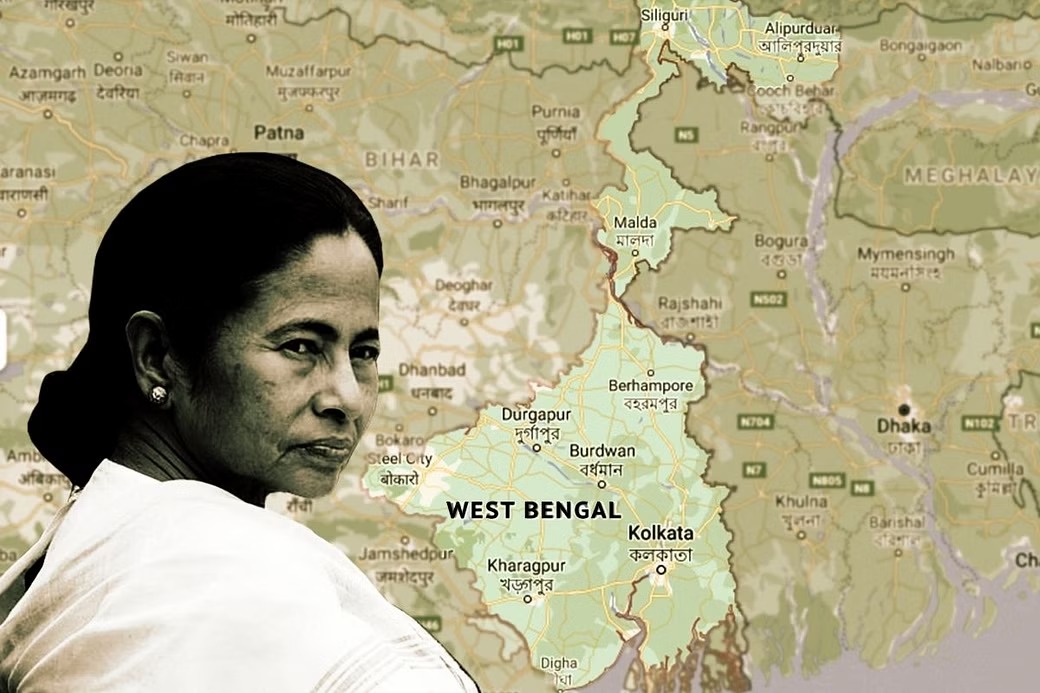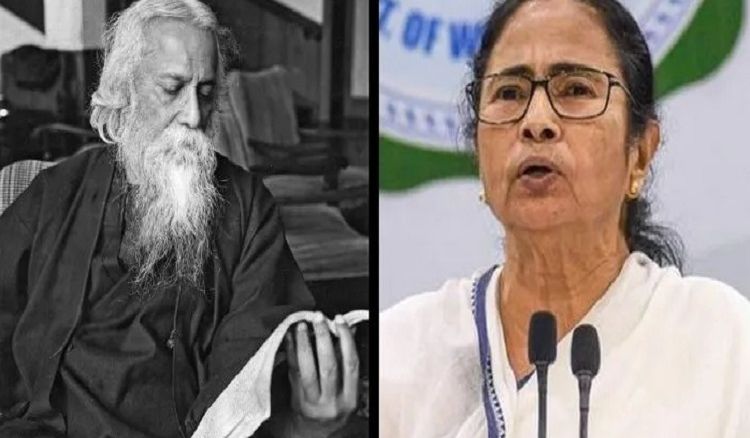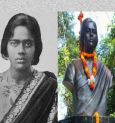Recently, Hon'ble Chief Minister Mamata Banerjee proposed in a meeting whether Rabindranath Tagore's song 'Banglar Mati Banglar Jal' can be adopted as the state anthem of West Bengal. In her opinion, like national anthems, states also have their own state anthems. However, the Chief Minister wanted to change a few words in the song 'Banglar Mati Banglar Jal'. As with the word 'Bangali', the word 'Bangla' can be applied. But many people didn't approve her proposal, so this proposal is now postponed.

But do you know that the 'Banglar Mati Banglar Jal' song was originally called 'Rakhi Sangeet' at first? This special song is associated with Rakhi Bandhan. But what is the story behind this song?
Rabindranath Tagore's nephew, Abanindranath Tagore, wrote in his autobiography 'Gharwa' on the memories of Tagore.
He wrote that Tagore wanted to celebrate Raksha Bandhan. He will tie rakhi on everyone's hands. That is why, on the day of the festival, everyone walked in the morning, bathed in the Ganga, and tied Rakhis in everyone's hands. There was a crowd of people on both sides of the road, from the rooftops to the sidewalks, to see him. The girls of the house were spreading chaff, blowing conch shells, and celebrating with great fanfare. Everyone was singing the song 'Banglar Mati Banglar Jal...' on the streets together.
Rabindranath Tagore protested against the partition of Bengal in 1905 when he celebrated the Raksha Bandhan festival by tying rakhi on the hands of Hindus and Muslims as a symbol of unity. On that occasion, he wrote the song ‘Banglar Mati Banglar Jal'. Lord Curzon, the viceroy, took the decision to partition Bengal in 1905. Rabindranath Tagore led a protest against the decision of British Viceroy Curzon to divide Bengal on religious grounds and urged Hindus and Muslims to tie rakhis on each other’s wrists to express harmony and solidarity among each other. Following the lead of Tagore, hundreds of Hindus and Muslims in Kolkata, Dhaka, and Sylhet came out to tie rakhis as a sign of unity.
This song was created as a protest against the secession of the Bengal Partition Movement. Rabindranath Tagore gave birth to this song to awaken everyone and protest against Birtishers.
 বাংলায় পড়ুন
বাংলায় পড়ুন













